Immunology
Serum Mimecan Associated with Arterial Stiffness in Hypertensive Patients
Mimecan plays an important role in endothelial and vascular smooth muscle cell integrity and may be involved the pathology of arterial stiffness; however, the role of mimecan in arterial stiffness in patients with hypertension is not well defined. More...18 Aug 2015
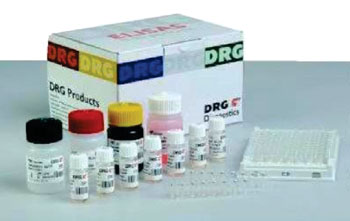
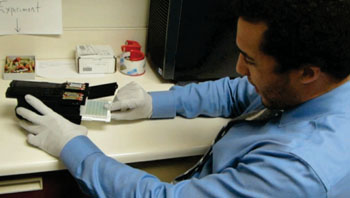
Newly Developed Mobile Phone Device Reads ELISA Plates
A multidisciplinary team of scientists and clinicians have developed a handheld smartphone-based device that can quickly read standard 96-well microplates with the same level of accuracy as the platforms commonly used in central clinical laboratories. The device, made by 3-D printing, attaches to the smartphone. More...17 Aug 2015
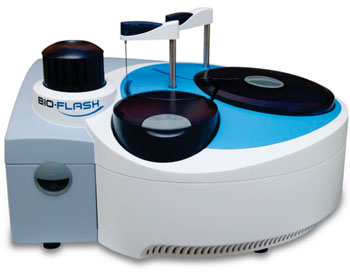
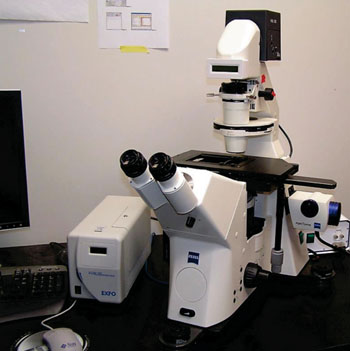
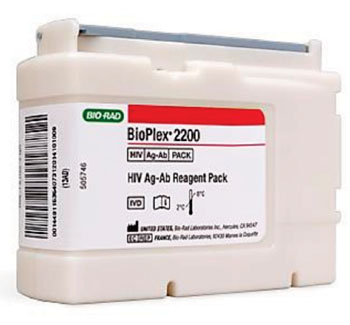
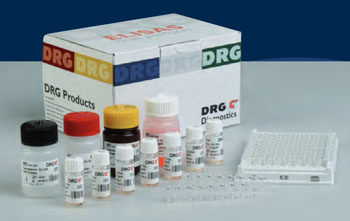
In Other News
Eco-Friendly Immunoassay Reagents Featured at AACC 2015
Molecular Assay Diagnoses Emerging Tick-Borne Borreliosis
Long-Lived Antibody-Producing Cells Identified in Bone Marrow
Genetic Mutation Impairs Immunity in Candidiasis and Mycobacteriosis
New Biomarkers May Serve as Companion Diagnostics for Patients Being Treated with IL-2
Automated Test for Galectin-3 Cleared for Chronic Heart Failure Prognosis
Immunoassays Could Predict Drug Failure in Arthritis Patients
Longitudinal Cerebrospinal Fluid Biomarker Changes Predict Dementia
Measurement of Calcium-Binding Protein Diagnoses Intracranial Hemorrhage
Blood Test Biomarker Differentiates Early Stage Pancreatic Cancer
Powerful Innovations in Diagnostics Unveiled at EuroMedLab 2015
Flow Cytometry Simultaneously Detects Immune Complexes Attached to Erythrocytes
High T-Cell Counts Make Better Match for Stem-Cell Transplants
Gene Mutations Leave Patients Vulnerable to Severe Early Infections
Blood Test Identifies Patients Prone to Serious Illness Post-Surgery
Rare Hereditary Autoimmune Disease Found to Have More Common Form
Immunoassay Detects Specific Antibodies in Antiphospholipid Syndrome Patients
Serum Assay Evaluated for Celiac Disease Screening
Blood Test Detects Traumatic Brain Injury Reducing Unnecessary Imaging
Urine Circulating Anodic Antigen Test Diagnoses Schistosomiasis
New Light Shed on the Cause of Chronic Fatigue Syndrome
Small Molecule Detects Alzheimer's Disease at Early Stages
Definitive Tests for Irritable Bowel Syndrome Developed
The Immunology channel of LabMedica deals with diagnostic techniques and immuonassays such as ELISA, pregnancy tests, immunoblotting, immunohistochemical staining, serology, and associated hardware.











